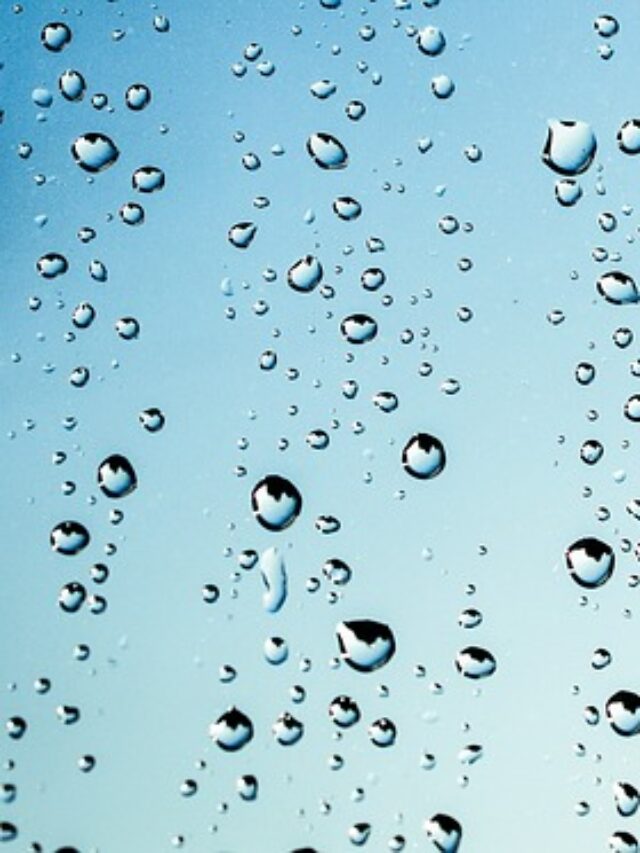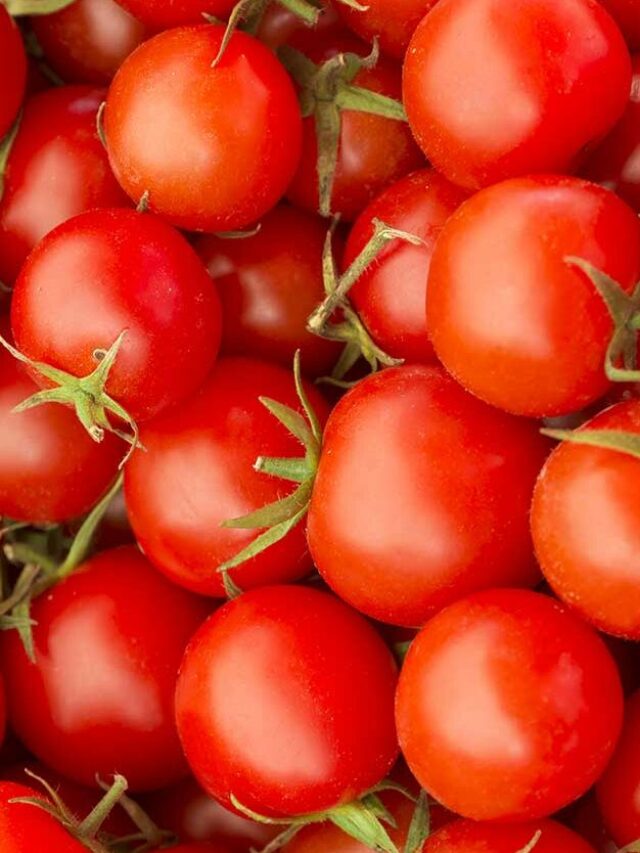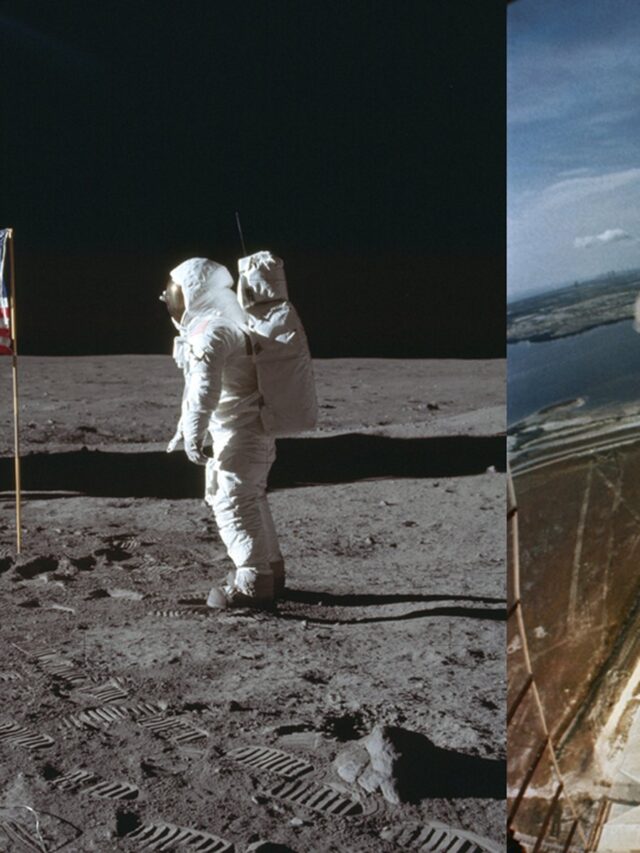The name “BANHDANI” invokes visions of the vibrant hues of Rajasthan, folk performers whirling around in their vibrant ghagras, and magnificent turbans since it is SO evocative of the history of the desert region. Bandhani long dress seems to be more than simply a work of art or a kind of cloth; rather, it is an entire feeling that embodies the richest tones of our cultural heritage. Bandhej is well-known not only in Rajasthan, where it is considered one of the most brilliant gems in the crown among Rajasthani handicrafts, but it is also renowned in Gujarat as well as certain regions of Uttar Pradesh.
What is Bandhani or Bandhej?
The Hindi & Sanskrit terms “Bandhna” & “Bandha,” which both mean “to knot,” were the source of the phrases “bandhani” as well as “bandhni,” respectively. Another spelling of the same word is bandhej. Thus, Bandhani is simply the term for the ancient Indian art of “tie & dye” (a resist-dyeing method that employs impermeable thread for tying). Bandhani from amala earth is the best option for budget-friendly shopping.
History of Bandhani
With a discovery date of about 5,000 years ago, bandhej is most likely the earliest known tie-and-die method. According to little evidence, there is, the very first Bandhani sarees were worn during the period of Bana Bhatt’s Harshacharita to celebrate a royal wedding. Bandhejartifacts were also discovered in the Ajanta. The Khatri people of Gujarat from India invented the bandhani handicraft. The best-known locations for making top-notch Bandhejodhnis, saree, & turbans include towns throughout Rajasthan including Jaipur, Bikaner, Bhilwara, Sikar, Udaipur, and Ajmer, in addition to Jamnagar in Gujarat. It’s an old style of art that has not only endured but also become better through time.
How it works
The cloth is first knotted in different patterns and designs using impermeable threads before being dyed in lovely solid colours. When the professionals dye these knotted textiles, the tied portion does not absorb the colour and stays white or the exact colour of the fabric. It is then allowed to dry in the open air after drying. Weather affects how long it takes for a cloth to dye. In the summertime, the procedure takes around 4-5 hours, however during the monsoon season; the fabric might take as long as two days to dry. The fabrics also have a significant impact on dyeing in addition to the weather. The varieties of it are available at amala earth.
Bandhani’s formats
One Bandhani dot is referred to as an Ek Dali / Bundi, 4 dots were referred to as Chaubundi, & 7 dots are referred to as Satbundi. The terms “Boond” and “Kodi” allude to little, teardrop-shaped dots having darker centres, respectively. Trikunti is indeed the name given to the cluster pattern that may be seen, while Chaubasi&Satbandi are terms for groupings of four & seven, respectively. Bandhani dots & patterns may be repeated to produce a variety of intricate designs. Trees, flowers, branches, or even human figures are among them. Other well-known Bandhani long dress designs include the waves-inspired Leheriya, the mountain-inspired DungarShahi, as well as the Indian sweetmeats Laddu Jalebi.
Conclusion
Bandhani’s appeal hasn’t diminished over time because of its vivid appearance and luxurious feel. It sometimes makes an appearance on the runways of fashion designers and therefore is flaunted by several celebrities. Even you can flaunt your bandhani long dress from Amala Earth. Bandhej is a fragile cloth that requires careful handling while storing and maintaining. It should be kept correctly to prevent losing its colour or tensile strength, & dry cleaning seems to be the ideal method for caring for it.















